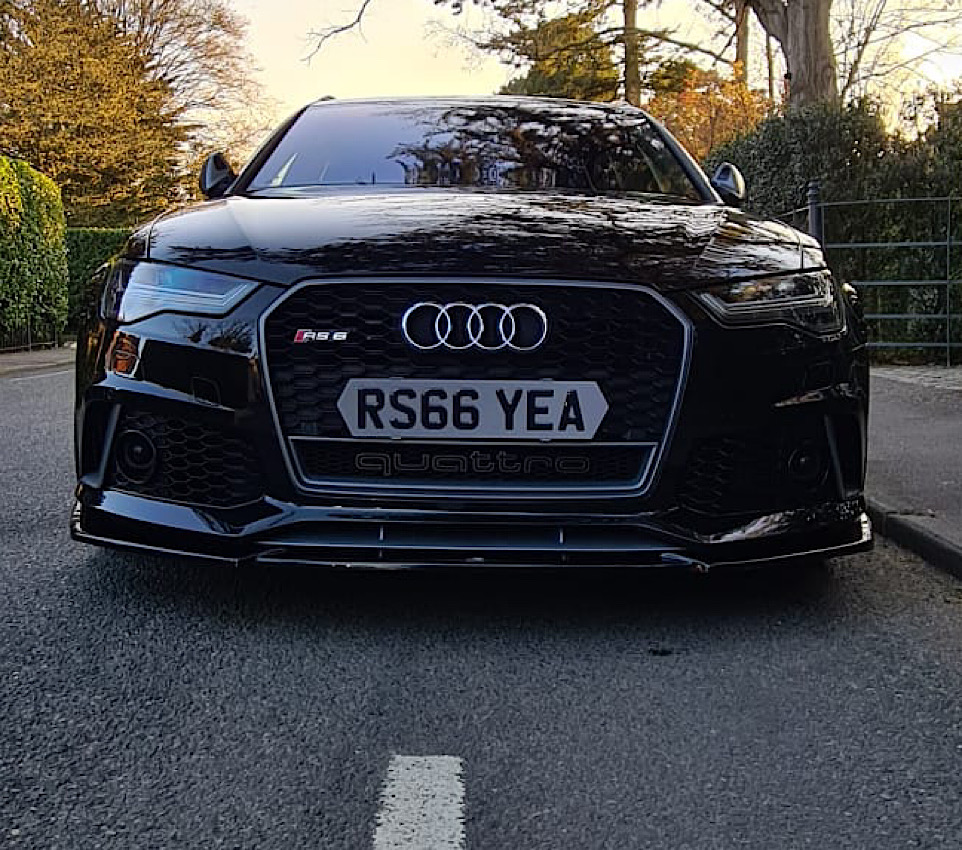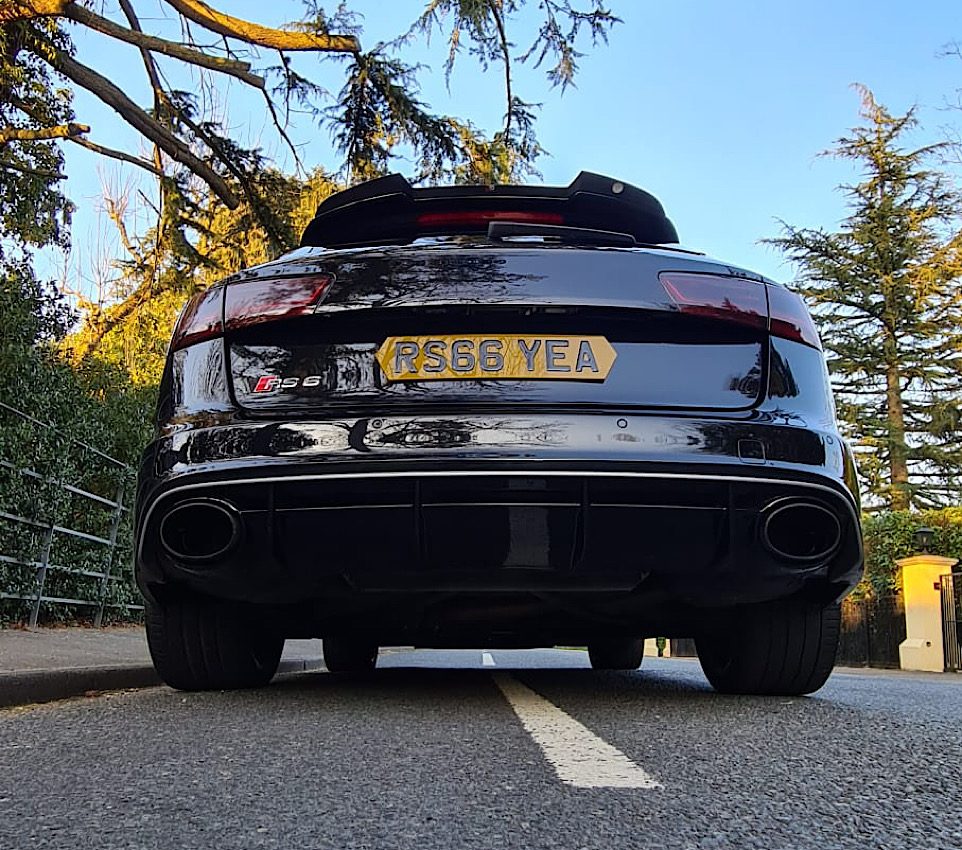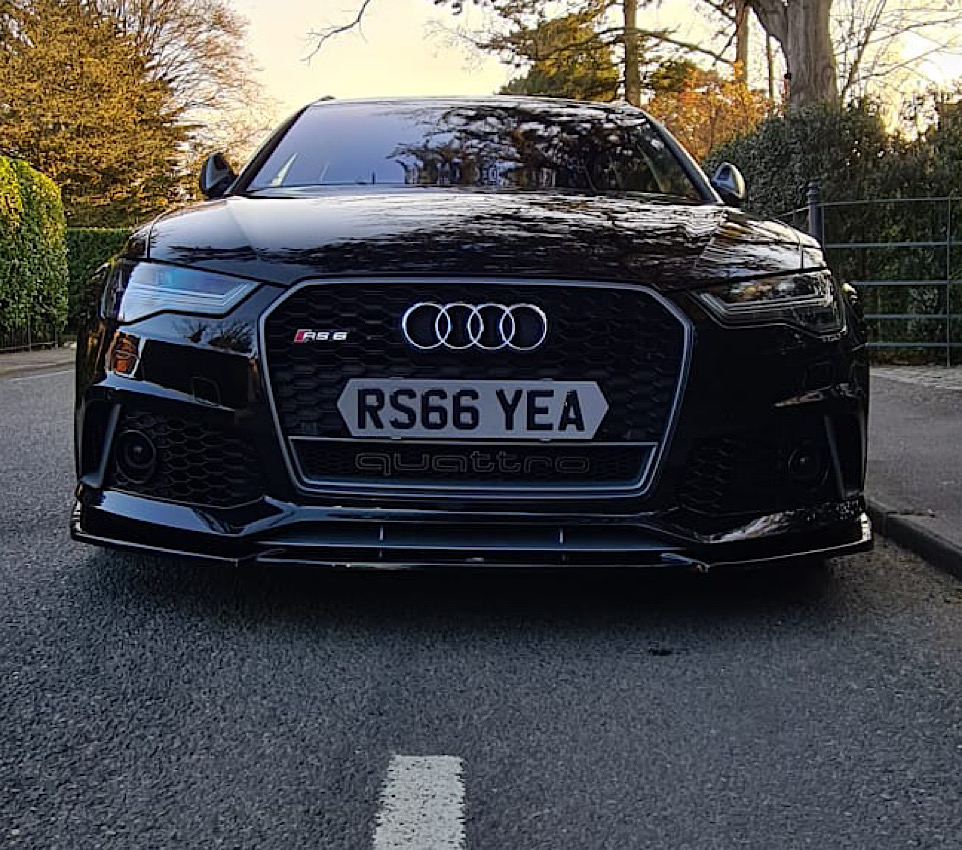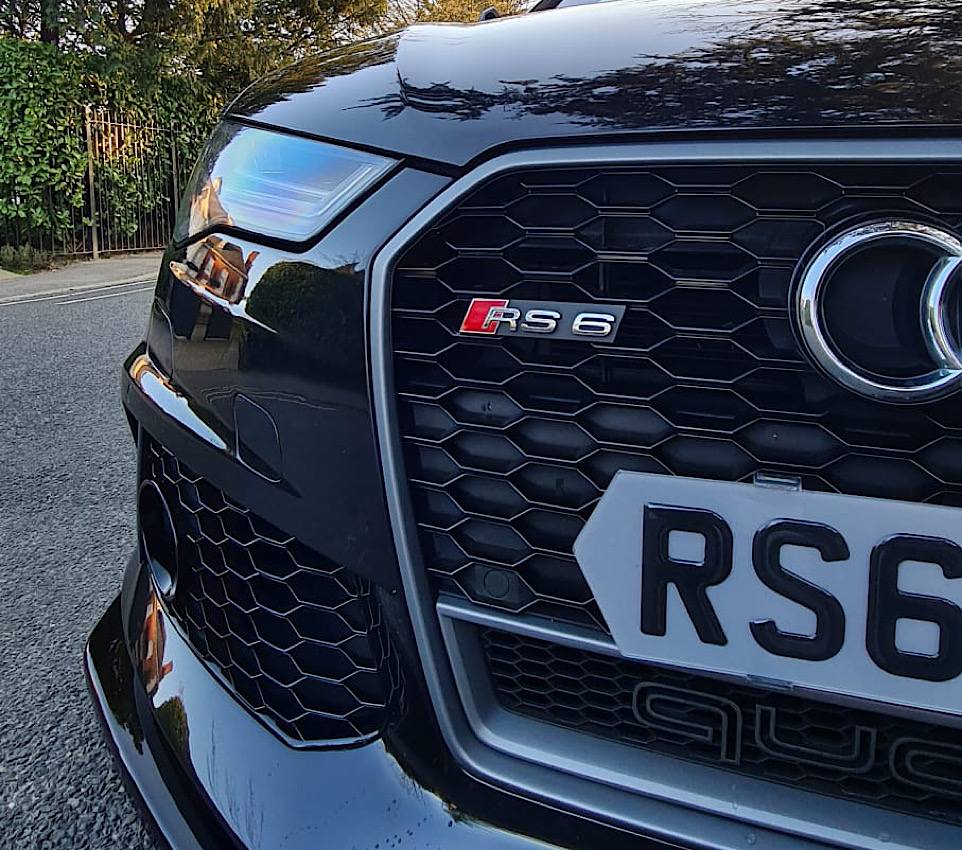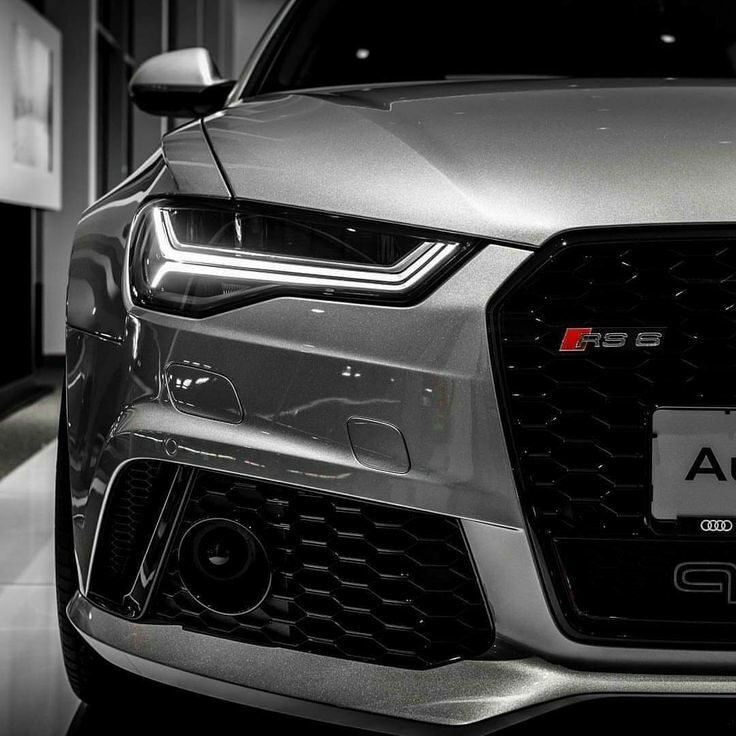
The tough times…
Throughout the era that Rover was under the ownership of Leyland Motor Corporation and British Leyland, there were extreme highs and lows. Despite all this upheaval and a constant state of change, Rover held onto its unique identity for decades on end. Even when the company changed hands to companies such as BMW, MG and Honda, still kept its essence alive. Unfortunately, though, Rover’s unfortunate streak caught up with them, in the end, resulting in failing sales and eventual insolvency. One example is the much-hyped P8 car model that had the potential to revive the brand during British Leyland’s ownership; however, it was considered a threat to future investments in Jaguar XJ6 and so ultimately got shelved and never returned.
The Rover SD1 and its troubled financial situation in the 70s was a precursor to what would become a persistent theme in Rover’s history. In 1999, when the Rover 75 came out – designed as a rival to BMW’s 3 Series – these high hopes were dashed when it failed to woo customers, and eventually led to it being pulled from production. Subsequent models such as the revamp of the 75 in 2001, and 2003 CityRover were also met with poor reviews and sales figures due to harsh comparisons with competitors, leading them to incur a net loss of £800 million by 2005. Eventually, this spiral saw them declared insolvent and dormant soon after.

What size are Rover number plates?
Rover number plates come in a variety of sizes, although the standard UK size (520mm x 111mm) is suitable for all Rover models. However, one model that has a slightly different plate size is the Rover 75 (otherwise known as the MGZT). The Rover 75 requires a longer and more curved plate, measuring 632mm x 175mm. This difference gives the Rover 75’s number plate an appearance closer to that of a Range Rover Sport than to the standard car or vehicle number plates. If you’d like to buy a Rover number plate today, head over to our Plate Builder page, where you will be able to customise one according to your preferences. Our helpful team are also always on hand should you need any advice with your purchase!

The Future For Rover
As of the latest developments, rover motors have advanced significantly, reflecting the continuous evolution in robotics and space exploration technology. These motors are now engineered with enhanced efficiency, durability, and adaptability to harsh extraterrestrial environments. With advancements in materials science and propulsion systems, rover motors boast improved power-to-weight ratios, enabling them to navigate diverse terrains on celestial bodies such as Mars, the Moon, and beyond with greater agility and precision. Additionally, integration with sophisticated autonomous navigation algorithms and sensor arrays has empowered rovers to autonomously traverse complex landscapes, conduct scientific investigations, and execute intricate maneuvers with unprecedented reliability and accuracy. These strides in rover motor technology signify a pivotal step forward in unlocking the mysteries of the cosmos and expanding our understanding of the universe.
Plate Builder
Plate Styles
Shop
Devisions
About Us
Blog
Get In Touch
Back to main menu
Glitter Plates4D Glitter Gel Purple 5mm 4D Glitter Gel Black M-sport Neon Edition 5mm 4D Glitter Gel Oreo (exclusive)4D Glitter Gel Pink 4D Glitter Gel Black 5mm 4D Krystal Glitter Gel 5mm See More
Irish Metro Number Plates4D Irish Metro Raised Domed Gloss Black 4D Gel Irish Metro Raised Domed Gloss Black 3D Gel Irish Metro Raised Domed Gloss Black 3D Gel Hi Line Raised Domed Gloss Black
Motorbike PlatesVintage Motorbike Pressed (7"x5")4D Ghost Black Motorbike (9"x7")3D Gel Black Quad Bike (9"x7")3D Gel Black Motorbike (9"x7")4D Gloss Black Motorbike (9"x7")Motorcycle Number Plate (9"x7")
OREO Number Plates4D Glitter Gel Oreo (exclusive)4D Carbon Oreo (exclusive)4D Black Oreo (exclusive)
Printed Number PlatesIrish Metro Printed Highline Printed Carbon Printed German 3D Printed Shadow Standard Printed See More
3D Gel PlatesLamborghini Hex Shaped V13D Gel Black Quad Bike (9"x7")4D Gel Irish Metro Raised Domed Gloss Black 3D Gel Black Motorbike (9"x7")4D Gel Black 10mm 3D Gel Irish Metro Raised Domed Gloss Black See More
4D Number Plates4D Stepped Matt 4D Ghost Red Outline 4D Ghost Green Outline 4D Ghost Clear Outline 4D Ghost Blue Outline 4D Ghost Black Motorbike (9"x7")See More
Krystal Plates4D Ghost Clear Outline 4D Krystal Invisible Camo Limited Edition4D Krystal Glitter Gel 5mm 4D Krystal 4D Krystal Gel
Neon Number Plates4D Ghost Red Outline 4D Ghost Green Outline 4D Ghost Clear Outline 4D Ghost Blue Outline 4D Glitter Gel Purple 5mm 4D Glitter Gel Black M-sport Neon Edition 5mm See More
5% OFF WITH PROMO CODE "EASY5"




